Refine listing
Actions for selected content:
23 results in Cambridge Elements
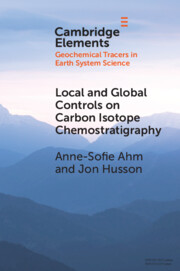
Local and Global Controls on Carbon Isotope Chemostratigraphy
-
- Published online:
- 07 March 2022
- Print publication:
- 31 March 2022
-
- Element
- Export citation
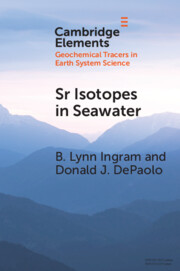
Sr Isotopes in Seawater
- Stratigraphy, Paleo-Tectonics, Paleoclimate, and Paleoceanography
-
- Published online:
- 07 March 2022
- Print publication:
- 31 March 2022
-
- Element
- Export citation
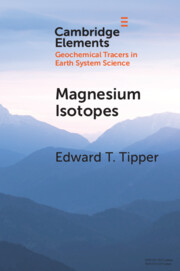
Magnesium Isotopes
- Tracer for the Global Biogeochemical Cycle of Magnesium Past and Present or Archive of Alteration?
-
- Published online:
- 07 February 2022
- Print publication:
- 03 March 2022
-
- Element
- Export citation
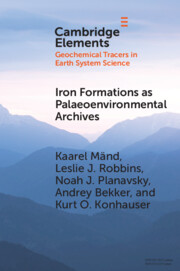
Iron Formations as Palaeoenvironmental Archives
-
- Published online:
- 13 December 2021
- Print publication:
- 20 January 2022
-
- Element
- Export citation
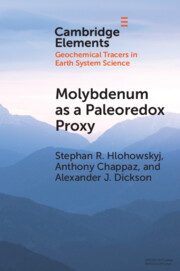
Molybdenum as a Paleoredox Proxy
- Past, Present, and Future
-
- Published online:
- 23 August 2021
- Print publication:
- 09 September 2021
-
- Element
- Export citation
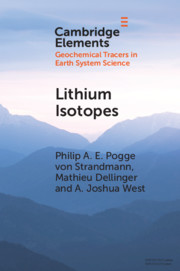
Lithium Isotopes
- A Tracer of Past and Present Silicate Weathering
-
- Published online:
- 17 August 2021
- Print publication:
- 26 August 2021
-
- Element
- Export citation
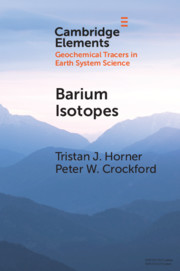
Barium Isotopes
- Drivers, Dependencies, and Distributions through Space and Time
-
- Published online:
- 30 March 2021
- Print publication:
- 22 April 2021
-
- Element
- Export citation
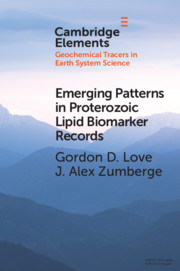
Emerging Patterns in Proterozoic Lipid Biomarker Records
-
- Published online:
- 01 March 2021
- Print publication:
- 25 March 2021
-
- Element
- Export citation

Reconstructing Precambrian pCO2 and pO2 Using Paleosols
-
- Published online:
- 02 February 2021
- Print publication:
- 04 March 2021
-
- Element
- Export citation
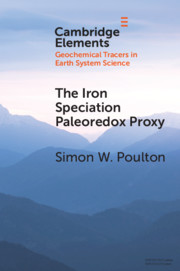
The Iron Speciation Paleoredox Proxy
-
- Published online:
- 02 February 2021
- Print publication:
- 04 March 2021
-
- Element
- Export citation
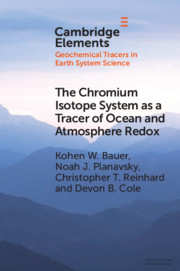
The Chromium Isotope System as a Tracer of Ocean and Atmosphere Redox
-
- Published online:
- 26 January 2021
- Print publication:
- 25 February 2021
-
- Element
- Export citation
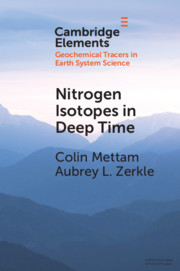
Nitrogen Isotopes in Deep Time
-
- Published online:
- 21 January 2021
- Print publication:
- 18 February 2021
-
- Element
- Export citation
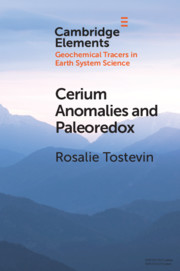
Cerium Anomalies and Paleoredox
-
- Published online:
- 02 January 2021
- Print publication:
- 25 February 2021
-
- Element
- Export citation

Vanadium Isotopes
- A Proxy for Ocean Oxygen Variations
-
- Published online:
- 23 December 2020
- Print publication:
- 28 January 2021
-
- Element
- Export citation
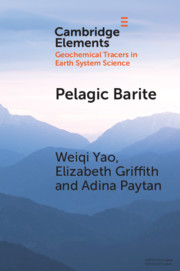
Pelagic Barite
- Tracer of Ocean Productivity and a Recorder of Isotopic Compositions of Seawater S, O, Sr, Ca and Ba
-
- Published online:
- 23 December 2020
- Print publication:
- 28 January 2021
-
- Element
- Export citation
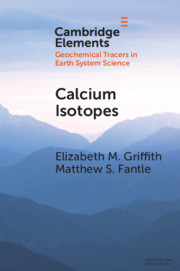
Calcium Isotopes
-
- Published online:
- 11 December 2020
- Print publication:
- 21 January 2021
-
- Element
- Export citation
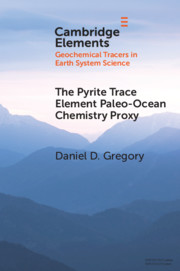
The Pyrite Trace Element Paleo-Ocean Chemistry Proxy
-
- Published online:
- 28 November 2020
- Print publication:
- 24 December 2020
-
- Element
- Export citation

The TEX86 Paleotemperature Proxy
-
- Published online:
- 26 September 2020
- Print publication:
- 22 October 2020
-
- Element
- Export citation
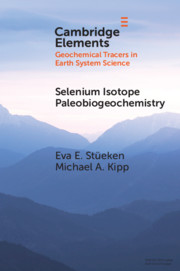
Selenium Isotope Paleobiogeochemistry
-
- Published online:
- 18 September 2020
- Print publication:
- 08 October 2020
-
- Element
- Export citation
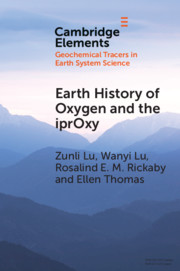
Earth History of Oxygen and the iprOxy
-
- Published online:
- 11 September 2020
- Print publication:
- 08 October 2020
-
- Element
- Export citation
